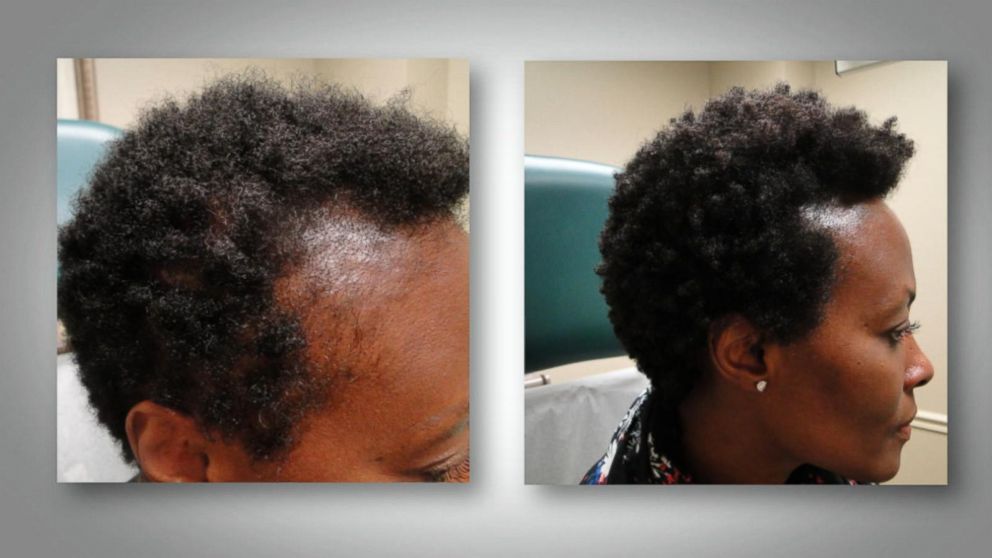- Empty cart.
- Continue Shopping
The Science Behind Hair Growth and Loss

Hair is more than just a fashion statement; it serves various functional roles, including protection and regulation of body temperature. But what really goes on beneath the surface? Why do some people have thick, luscious locks while others struggle with hair loss? Let’s delve into the fascinating science behind hair growth and loss to answer these questions.
The Anatomy of Hair
Structure
Hair is primarily made up of a protein called keratin. Each hair strand consists of three layers: the medulla (innermost layer), cortex (middle layer), and cuticle (outer layer). The cuticle protects the inner layers, while the cortex contains melanin, which gives hair its color.
Follicles
Hair grows from follicles, tiny sacs in the skin’s dermal layer. Each follicle is connected to a sebaceous gland, which produces sebum—an oil that naturally conditions the hair and scalp.
The Hair Growth Cycle
Understanding hair growth requires a look at its life cycle, which consists of three main phases:
- Anagen Phase: This is the growth phase, lasting anywhere from 2 to 7 years. During this period, cells in the hair follicle’s root divide rapidly, adding to the hair shaft.
- Catagen Phase: Lasting around 2 to 3 weeks, this transitional phase sees the hair follicle shrink and detach from the dermal papilla, which supplies nutrients to the hair.
- Telogen Phase: This is the resting phase, lasting about 3 months. Old hair falls out to make way for new growth.
Factors Affecting Hair Growth
Genetics
Your genes play a significant role in determining the texture, color, and rate of your hair growth. They also influence the onset and pattern of hair loss.
Hormones
Hormones like estrogen and testosterone have a direct impact on hair growth. For instance, estrogen promotes hair growth, while high levels of dihydrotestosterone (DHT), a derivative of testosterone, can lead to hair loss.
Nutrition
A balanced diet rich in vitamins and minerals like biotin, zinc, and iron can promote healthy hair growth. On the flip side, deficiencies can lead to hair loss.
Environmental Factors
Exposure to pollutants, excessive sun, and harsh hair treatments can damage hair follicles, affecting hair growth and causing loss.
Hair Loss: The Underlying Causes
Androgenetic Alopecia
Commonly known as male or female pattern baldness, this is the most prevalent cause of hair loss and is primarily genetic.
Telogen Effluvium
This temporary form of hair loss happens when a large number of hair follicles enter the telogen phase prematurely, often due to stress, illness, or medication.
Alopecia Areata
An autoimmune disorder, alopecia areata results in patchy hair loss. The immune system mistakenly attacks hair follicles, leading to hair fall.
Solutions and Treatments
Medication
- Minoxidil: An over-the-counter topical treatment, minoxidil can stimulate hair growth.
- Finasteride: This prescription medication inhibits the conversion of testosterone to DHT, reducing hair loss.
Surgical Options
- Hair Transplant: This involves removing hair follicles from one part of the body and transplanting them to areas with thinning or no hair.
- Scalp Reduction: In this procedure, parts of the scalp with no hair are removed, and the skin with hair is stretched to fill the gaps.
Natural Remedies
- Coconut Oil: Known for its conditioning properties, coconut oil can improve hair health.
- Aloe Vera: This plant’s gel can soothe the scalp and promote hair growth.
In conclusion, hair growth and loss are complex processes influenced by a variety of factors, from genetics and hormones to environmental conditions. Understanding the science behind it can help you make informed decisions about hair care and treatment options. Whether you’re looking to boost your hair growth or combat loss, there’s a wealth of solutions available, from medication and surgical procedures to natural remedies.








